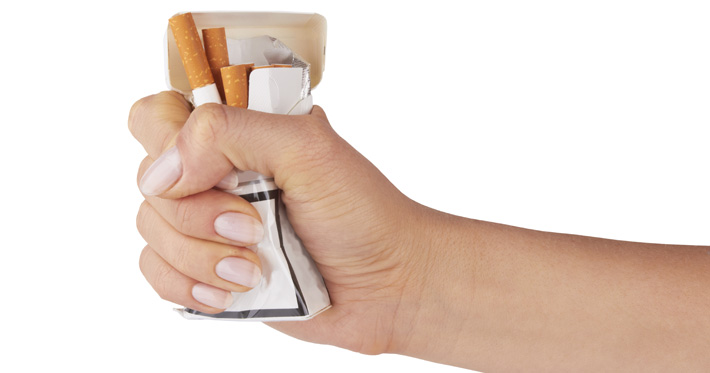Nicotine Replacement Therapy as a Remedy for Smoking

Tobacco is mainly composed of nicotine as its primary component. People who smoke tolerate nicotine’s effects in various parts of their bodies. When a person quits smoking, they frequently experience nicotine withdrawal symptoms because it takes time for the body to acclimate to not having nicotine after leaving.
Nicotine addiction is a significant public health concern. There is a chance that quitting smoking will cause withdrawal symptoms. Nicotine replacement treatment (commonly known as NRT) is a nicotine delivery method that does not transmit any chemicals found in cigarettes. NRT helps alleviate some physical withdrawal symptoms, allowing you to focus more on the psychological aspects of quitting smoking, which is vital.
How does NRT work
Nicotine replacement treatment, also known as NRT, effectively reduces the severity of withdrawal symptoms and cravings experienced by many former smokers. Reduces symptoms by the use of NRT
Many people are capable of quitting smoking without the assistance of NRT; however, the vast majority of them are unsuccessful on their very first attempt. Quitters typically need a significant number of tries before they are successful. Most people who quit on their own eventually give in to withdrawal symptoms and start using again within a month. Despite this, a significant number of people are successful. There are currently fewer people who smoke than there are former smokers.
In addition to taking nicotine replacement therapy (NRT), those attempting to quit using smokeless tobacco can also benefit from receiving aid through counselling or other assistance like using nicotine pouches which they can purchase by themselves.
Optimisation of the NRT
The only aspect of addiction that NRT addresses are its physiological roots. It is not the only method available for kicking the habit of smoking cigarettes. A stop-smoking program may be able to assist with the psychological effects of tobacco use. Use these resources both during and after your time with NRT therapy. According to several studies, combining nicotine replacement therapy (NRT) with participation in a behaviour modification program significantly improves the odds of successfully quitting smoking and becoming smoke-free.
Once you’ve kicked the habit, switch to an NRT product. People frequently attempt to quit smoking “cold turkey” for a few days before turning to nicotine replacement therapy. This is a common practice. If you try this and it doesn’t work for you, try not to let it discourage you. There is always a choice between giving up and carrying on with what one is doing. You are not able to give up.
The FDA has blessed the use of NRT drugs as practical assistance in quitting smoking. There is currently no product that has been granted approval by the FDA that can assist with leaving the usage of snus. According to the findings of several studies, tablets might be helpful.
Non-traditional ways to treat nicotine addiction and dependence
The following five types of nicotine replacement therapy (NRT):
● Nasal sprays
● Patch
● Gum
● Flavoured lozenges
Patches, gum, and lozenges can be bought without a prescription, but the nasal spray and inhaler can only be purchased with a prescription from a doctor. A better alternative that does not require a prescription is nicotine pouches which you can get from an online store like Snusdirect and choose which option works best for you.










